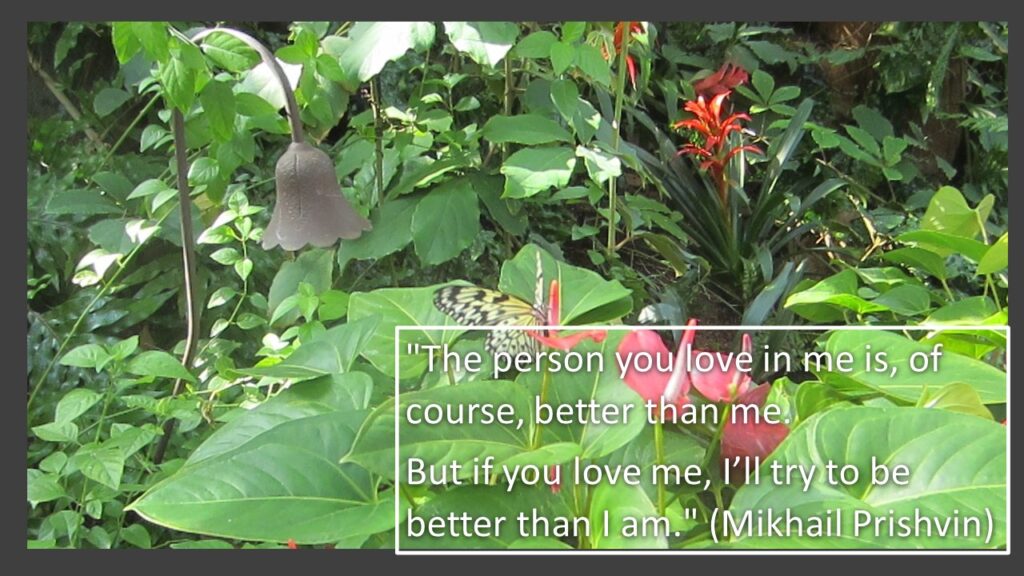Many western scholars have traditionally believed that love is a uniquely western concept. Some researchers attempted to demonstrate that love was absent or had a low value in other cultures, especially in the cultural groups in Polynesia. Later ethnographic studies, however, challenged that old western preconception of love (see for review, Karandashev, 2017). Let us summarize anthropological accounts of Polynesian love.
The Sexual Culture of Polynesian Love
Several ethnographic studies of the 20th century provided anthropological accounts of Polynesian love and sex (Danielsson, 1956/1986; Marshall, 1962, 1971; Mead, 1935/1963; Mead & Boas, 1928; Russell, 1961; Suggs, 1962; see review in Karandashev, 2017).
The most important parts of Polynesian sexual culture, according to these studies, were an active sexual life and freedom of sexual behavior. From those studies, Polynesians became known in anthropology as the most sexually motivated people in the world.
The cultural standards of beauty in Polynesia, however, were very different from western conventions of physical beauty. The flat-nosed, round beauties with fat bodies were viewed as the most beautiful ones.
Early Accounts of Sexual Love in Polynesian Culture
The anthropological accounts, which started with the early Polynesian studies of American cultural anthropologist Margaret Mead (1901–1978), characterized Polynesians as emotionally stunted yet actively sexual people.
Margaret Mead published her case studies of Polynesian societies in her books, Coming of Age in Samoa: A Study of Sex in Primitive Societies and Sex and Temperament in Three Primitive Societies. In those books, she described the males and females in those cultures who engaged in intimate relationships solely based on their sexual attraction and performance. They seemed to know little about falling in love.
The Swedish anthropologist of the 20th century, Bengt Danielsson, in his book, “Love in the South Seas,” gave another early snapshot of love, marriage, childbirth, and childrearing in Polynesian society. He was a crew member on the Kon-Tiki raft expedition to French Polynesia in 1947 and presented to the western public how people in Polynesia lived and loved in the times before the Polynesian societies began to change with globalization.
Marshall Sahlins, an American anthropologist who lived from 1930 to 2021, also did a study of sexual behavior in the Cook Islands in the 1950s. In his report, he presented a detailed portrait of Polynesians as fundamentally sexual beings. He found that “copulation is a principal concern of the Mangaian of either sex” (1971, p. 123). The Marshall study (1971) recorded a large Mangaian sexual vocabulary as evidence of the islanders’ concern with sex. However, the author did not mention a variety of Mangaian terms for love.
Polynesian Love Transcends Sexual Love
However, the anthropological studies of Gerber (1975) and Freeman (1983) on Samoa, as well as the study of Levy (1973) on Tahiti, corrected (to a certain degree) the misrepresentation of the emotional life in Pacific cultures.
Later, H. Harris (1995) conducted a field study in Polynesia (Mangaia, Cook Islands) and argued that romantic love was absent in Mangaia. The field study indicated that Mangaians actually have a rich emotional and love lexicon.
H. Harris (1995) showed how Mangaian men and women were emotionally and physically engaged in relationships. He characterized their love as comparable to the descriptions of romantic love in Western scholarly publications. Harris’s description of Mangaian love syndrome presented it as a set of emotional features overlapping, interacting, and being integrated with each other the same way in Western depictions of love. However, H. Harris (1995) also showed how the Mangaian version of love is different from the basic pattern found by American researchers.
Lexicon of Polynesian Love: Example of Mangaia
The author recorded that Mangaians had diverse words for love. “Maoris have heaps of words for falling in love, but the Europeans have only one.” (Harris, 1995, p. 106).
For example, inangaro is a flexible word interpreted broadly as “needing, wanting, liking, or loving.” The typical way to say “I love you” in Mangaian is “Tе inangaro tikai nei au iaau”. However, if a person wants to express exactly the experience of falling or being deeply in love, he or she selects from the derivatives of love: inangaro kino, matemate te inangaro, and pau te inangaro. All of these words show that they are sure and honest about how much they love each other (p. 107).
Variations of inangaro express sexual interaction, intrusive thinking, intimacy, reciprocity, exclusivity, and reordering of priorities—all central features of love, not just sex.

